Labor & Economy
Tracking Occupational Health in California

A day laborer falls off an unsafe scaffold and dies. A custodian gets work-related asthma from cleaning products. A painter is tested and found to have lead poisoning. Every year, thousands of California workers are injured on the job or become ill as a result of health hazards at work.
Twelve workers tragically lose their lives on the job each day in the United States, with 409 workplace deaths in California in 2009. Latino workers are particularly at risk. In Los Angeles County, where nearly one quarter of the state’s fatalities occur, Latino workers have a 50 percent higher fatality rate than non-Latino workers.
Work-related injuries and illnesses result in substantial human and economic costs, and can be prevented. Having the data necessary to understand the problem is the first step.
A health indicator is a numerical value or statistic that helps us measure the state of health in a community or group. Occupational health indicators are a set of statistics that help explain the current state of worker health.
Occupational health indicators can be tracked over time to tell us whether our health is getting better or worse, and where we may need to invest prevention resources. These indicators can be compared with those of other states, the U.S. as a whole, or other countries. Using indicators over time can help us to track our progress toward improving health.
The Occupational Health Branch (OHB) of the California Department of Public Health tracks California employment demographics and 20 health indicators to understand and share trends related to worker injuries, illnesses, exposure and other factors that influence occupational health. OHB’s website presents data annually, starting with the year 2000.
- See California Occupational Health Indicators full report, 2003-2008 (PDF) for the most recent data (43 pages)
- See Data Tables for California Occupational Health Indicators for individual indicator data
- See California Worker Health and Safety at a Glance (PDF) for a brief summary with highlights of recent data
- See here for more on Occupational Health Indicators
- See here for more on OHB’s programs
OHB is dedicated to improving worker health and safety through prevention activities. We gather information on job hazards, work with others to test new approaches to prevent worker injury and illness, and assist with making changes at the workplace. For more information, visit our website.
For future Occupational Health Watch updates, subscribe.
Barbara Materna is chief of the Occupational Health Branch of the California Department of Public Health.
(Note: This post first appeared on Labor’s Edge.)

-

 The SlickNovember 14, 2025
The SlickNovember 14, 2025Can an Imperiled Frog Stop Oil Drilling Near Denver Suburbs? Residents Hope So.
-
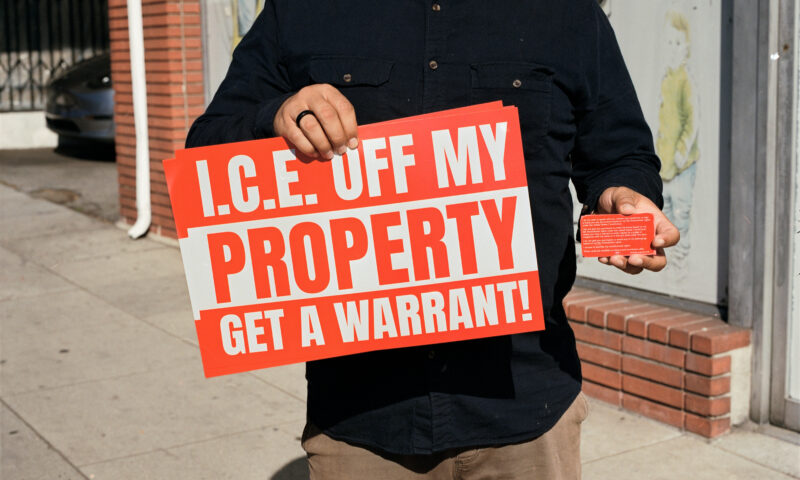
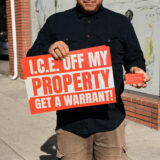 Latest NewsNovember 19, 2025
Latest NewsNovember 19, 2025How Employers and Labor Groups Are Trying to Protect Workers From ICE
-
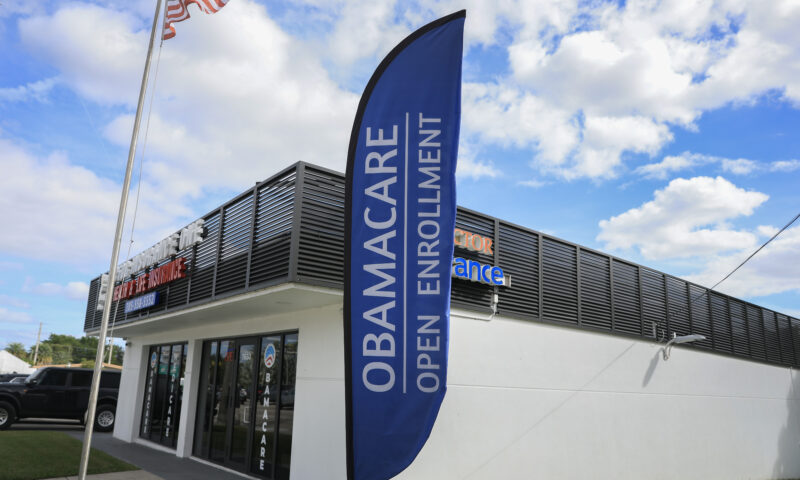
 Column - State of InequalityNovember 13, 2025
Column - State of InequalityNovember 13, 2025Barring a Sharp Shift, Health Insurance Costs Will Skyrocket
-

 Latest NewsNovember 18, 2025
Latest NewsNovember 18, 2025Future of Special Education at Risk, Teachers Say, as Trump Moves to Cut Staff and Programs
-
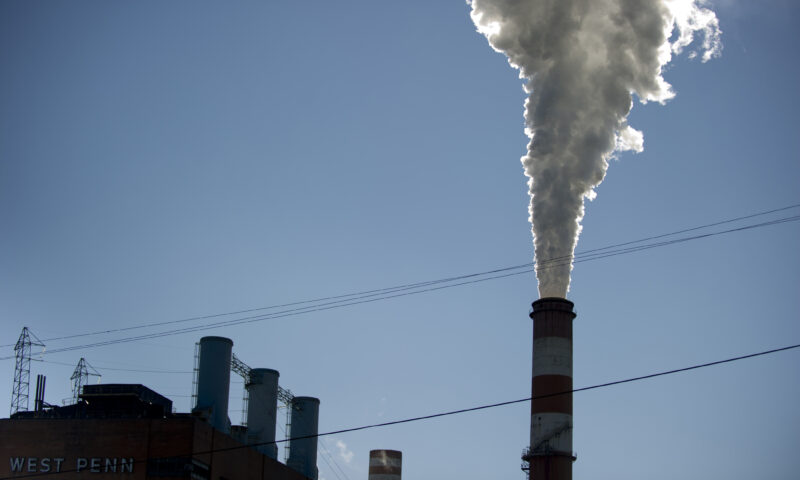
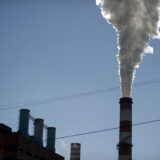 The SlickNovember 18, 2025
The SlickNovember 18, 2025After Years of Sparring, Gov. Shapiro Abandons Pennsylvania’s Landmark Climate Initiative
-

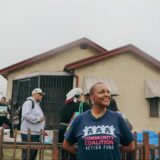 Latest NewsNovember 17, 2025
Latest NewsNovember 17, 2025In South L.A., Black and Latino Neighbors Unite Against ICE as Systems Fail
-

 Column - State of InequalityNovember 21, 2025
Column - State of InequalityNovember 21, 2025Seven Years Into Gov. Newsom’s Tenure, California’s Housing Crisis Remains Unsolved
-

 StrandedNovember 25, 2025
StrandedNovember 25, 2025‘I’m Lost in This Country’: Non-Mexicans Living Undocumented After Deportation to Mexico

